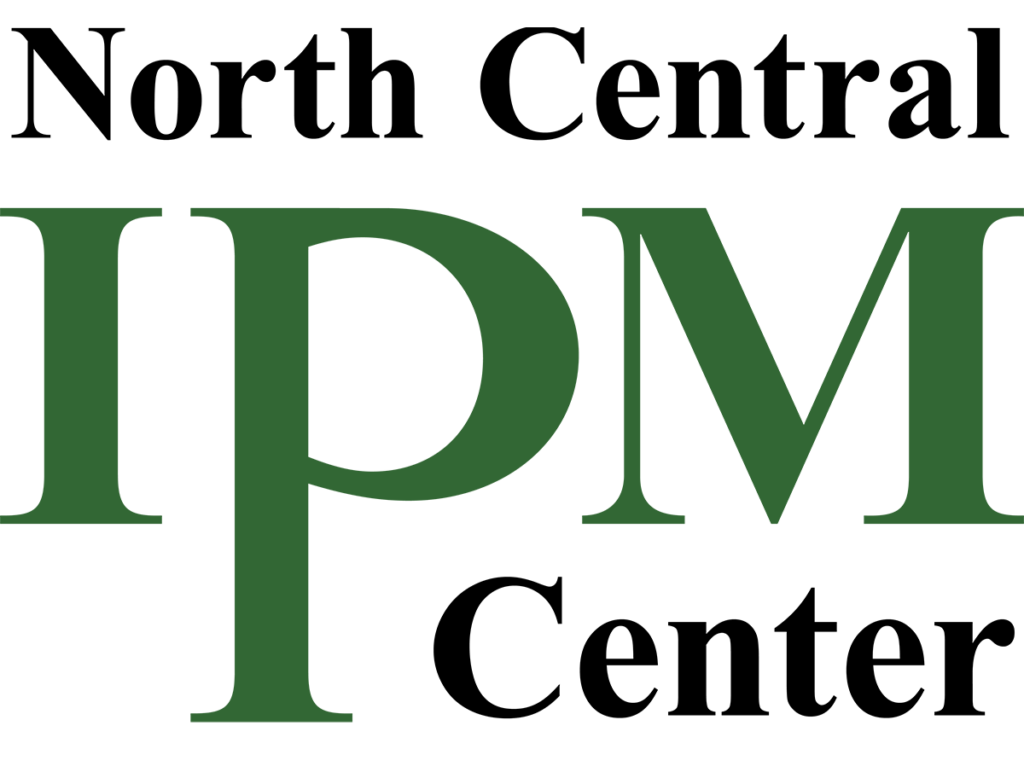The National IPM Database is a searchable database comprised of Pest Management Strategic Plans (PMSPs), Crop Profiles, Elements, and Timelines. It also houses four regional IPM centers with additional region-specific resources.
Integrated Pest and Vegetation Management for Rights-of-Way
Get in touch with us regarding herbicide labeling and applications, invasive species, the National IPM database, and any IVM strategies that you have found to be effective through your work that you would like to share with us.

The National IPM Database is a searchable database comprised of Pest Management Strategic Plans (PMSPs), Crop Profiles, Elements, and Timelines. It also houses four regional IPM centers with additional region-specific resources.
Get in touch with us regarding herbicide labeling and applications, invasive species, the National IPM database, and any IVM strategies that you have found to be effective through your work that you would like to share with us.

Integrated pest management (IPM) practices on rights-of-way are primarily embodied by a suite of practices known as integrated vegetation management (IVM). While IVM is generally considered a specific application of IPM, they are different in focus. As implied in its name, IVM is focused on vegetation, whereas IPM includes both vegetation and other potential pests such as bacteria, fungus, insects, or wildlife that may cause unwanted or detrimental effects. Most energy and transportation lands focus exclusively on vegetation management for safety, reliability, and other objectives.
The Right-of-Way Pest Management Strategic Plan provides a comprehensive overview of IVM applications in the energy and transportation sectors.
This and other introductory resources on IPM and IVM relevant to rights-of-way managers are provided below. Additional case studies, research, and tools on IVM can be found in our general Resources Library.
The National IPM Database is a searchable database comprised of Pest Management Strategic Plans (PMSPs), Crop Profiles, Elements, and Timelines. It also houses four regional IPM centers with additional region-specific resources.
Get in touch with us regarding herbicide labeling and applications, invasive species, the National IPM database, and any IVM strategies that you have found to be effective through your work that you would like to share with us.


